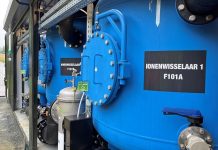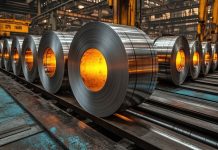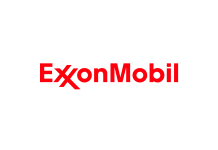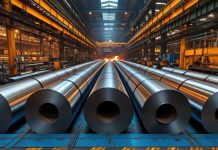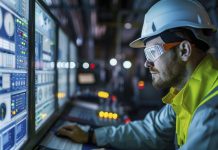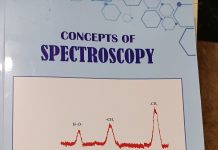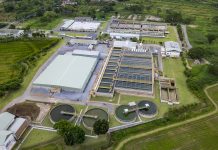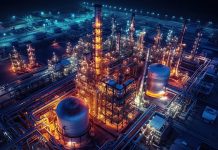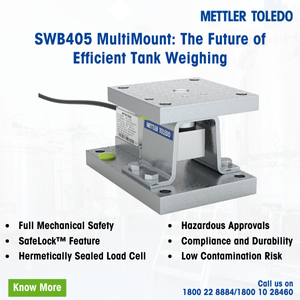
Linde Engineering signed a contract with global fertilizer manufacturer Yara to build a world-scale carbon dioxide (CO2) liquefaction plant in Sluiskil, the Netherlands. The Sluiskil project forms a key part of Yara’s clean ammonia initiative, in which each year 8,00,000 tons of CO2 will be captured, liquefied, loaded onto special ships, and then subsequently locked away permanently below the seabed off the coast of western Norway. The CO2 liquefaction plant will be built on-site next to Yara’s existing ammonia plant. After start-up in 2026, it will be a part of one of the first commercial carbon-capture-storage (CCS) ventures in Europe.
As per the press release, recovering CO2 and injecting it into deep geological storage repositories is an important measure to reduce global warming caused by fertilizer production, which is inherently hard to abate. “This collaboration with Yara confirms Linde Engineering’s leading position in terms of technology and execution know-how for projects of this scale. It is also an important step on the path to net-zero for the fertilizer industry. Coastal CO2 hubs, which load liquid CO2 into ships for sequestration, are an asset in Europe’s decarbonization strategy with many more facilities in the planning stage,“ said Juergen Nowicki, Executive Vice President Linde plc and CEO of Linde Engineering.
“Yara, as a frontrunner, has found the project to be complex yet incredibly valuable,” stated Michael Schlaug, Vice President of Yara Netherlands. Schlaug added, “The energy we’ve invested in it is more than worth it because we’re paving the way for CCS as a technology in Europe and giving impetus to a clean hydrogen economy. Additionally, this investment signifies that the parent company sees our Sluiskil plant as a key asset within Europe. The investment also ensures the preservation of ammonia production and technological knowledge, decarbonization of the food chain, thus securing strategic autonomy for Europe”.
The plant to be supplied by Linde will prepare the CO2 from Yara’s ammonia plants for transportation. This will be achieved through processes including compressing, drying and liquefying using a refrigerant. The liquid CO2 will be stored in horizontal tanks with a total storage volume of about 15,000 m3, before shipping for sequestration. As the CO2 source is not connected to the final storage location by pipeline, the processing and liquefaction of the CO2 by a corresponding Linde plant make economical transport possible in the first place – in general possible by ship, train, or truck.


